Your Cart is Empty
🚚 Flat-Rate FedEx Priority Overnight — Just $26.99 (Limited-Time Special!) | FREE over $200
🚚 Flat-Rate FedEx Priority Overnight — Just $26.99 (Limited-Time Special!) | FREE over $200
🚚 Flat-Rate FedEx Priority Overnight — Just $26.99 (Limited-Time Special!) | FREE over $200
by Emily Dourm June 21, 2024 2 min read
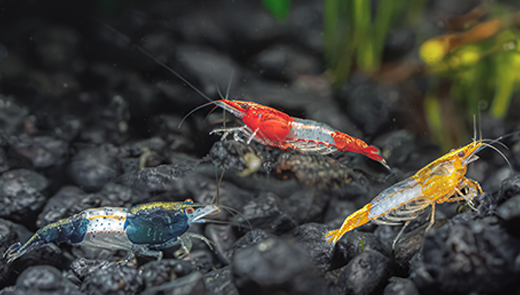
What are Rili shrimp? They’re called Rili’s because their rili pattern features a colored head and tail with a translucent midsection, making Rili Shrimp a standout variety of Neocaridina. These dwarf freshwater shrimp, native to Taiwan, thrive in planted tanks with plenty of shelter and hiding spots. They are peaceful and friendly, making them great additions to just about any tank.

Carbon Rili shrimp hold special significance for Flip Aquatics as they were one of the first dwarf shrimp bred by our founder, Robert Lupton. Known for a distinctive black body with a clear midsection, this unique variety often displays spots of black and blue. Though breeding can yield solid-black or clear offspring alongside true Rili patterns, their hardiness makes them an excellent alternative to cherry shrimp for beginners.

The Red Rili shrimp is a color variant of the cherry shrimp, stabilized around 2010. They thrive under the same conditions as other Neocaridina species. Selective breeding has made them slightly more sensitive to parameter fluctuations, but they remain beginner-friendly and easy to care for. Our Red Rili shrimp are healthy, near breeding age, and add vibrant color to any aquarium.

Orange Rili Neocaridina shrimp are known for a bright orange carapace, clear midsection, and vibrant orange tail. Developed from Orange Pumpkin shrimp, they’re prized for their stunning color contrast and unique patterns—an eye-catching addition to any planted tank.
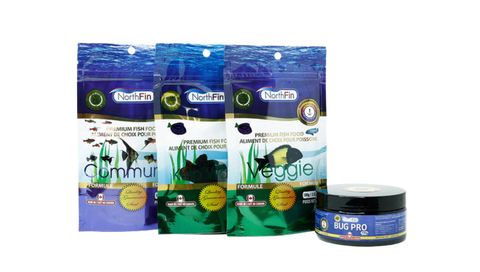
We recommend a varied diet for optimal health. Based on great feedback about Northfin Foods, we blend together: Northfin Veggie, Northfin Community, Northfin Bug Pro, and Kelp Wafers. Grind them together so shrimp of all sizes can feed without competition.

We use reverse osmosis (RO) water remineralized with our Shrimple GH & KH products at a 2:1 GH to KH ratio (e.g., GH 10, KH 5). If RO isn’t available, use distilled water and remineralize.
Maintaining these parameters ensures a stable, healthy environment for your shrimp.

“What’s the most essential part of a successful shrimp tank?” Always: moss, leaf matter, and driftwood—especially moss.
Moss: Moss offers refuge for shrimplets and a surface for biofilm, boosting baby shrimp survival.
Driftwood: Driftwood adds grazing surface, tannins, hiding spots, and simulates natural habitat.

Malaysian driftwood sinks immediately, increases surface area, hides algae for shrimp grazing, and
releases beneficial tannins.

Leaf matter: We use Indian Almond Leaves for their antifungal properties, hiding spots, and constant food source. Also called Catappa leaves, they help mimic blackwater conditions.
Comments will be approved before showing up.
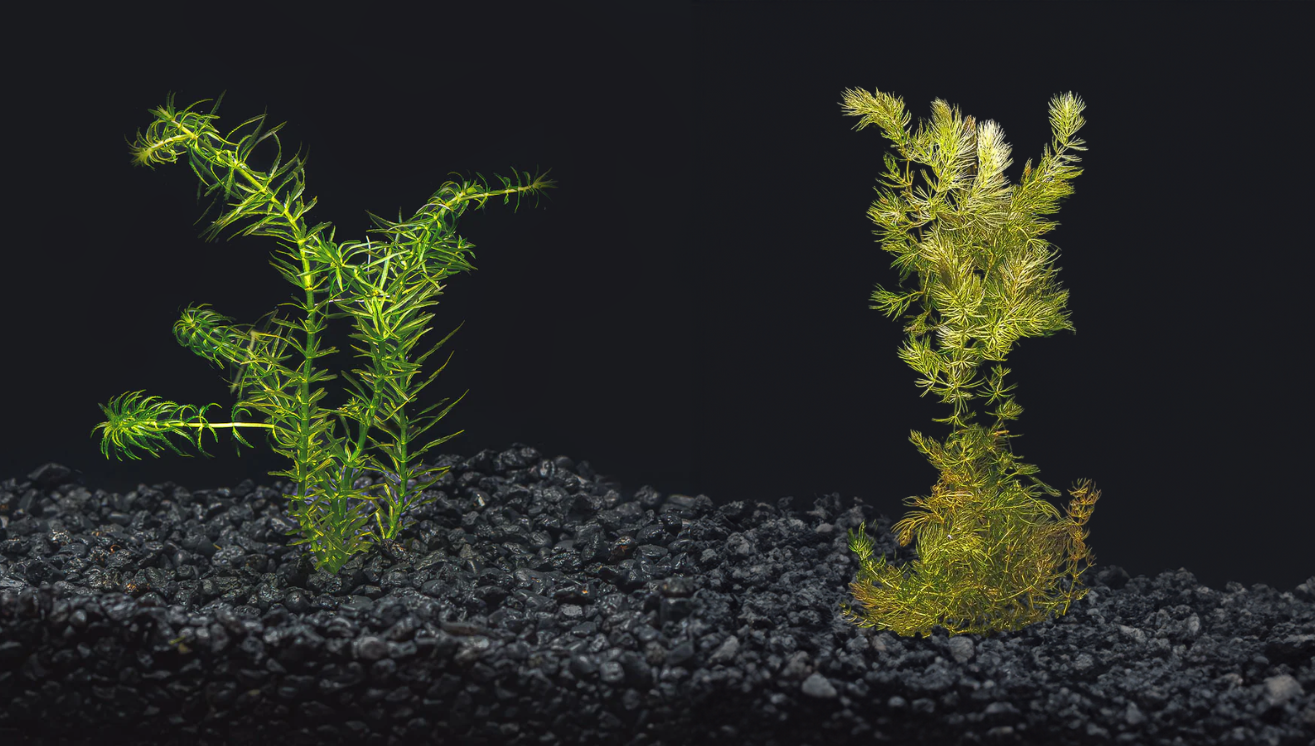
by Brooke Lees October 04, 2024 2 min read
Aquarium plants do much more than add beauty to a tank, they help maintain water quality and provide natural shelter for your aquatic pets. Among the many available options, Hornwort and Anacharis stand out for their versatility, ease of care, and benefits to aquarium ecosystems. Let’s dive deeper into the differences and similarities between these two popular plants.
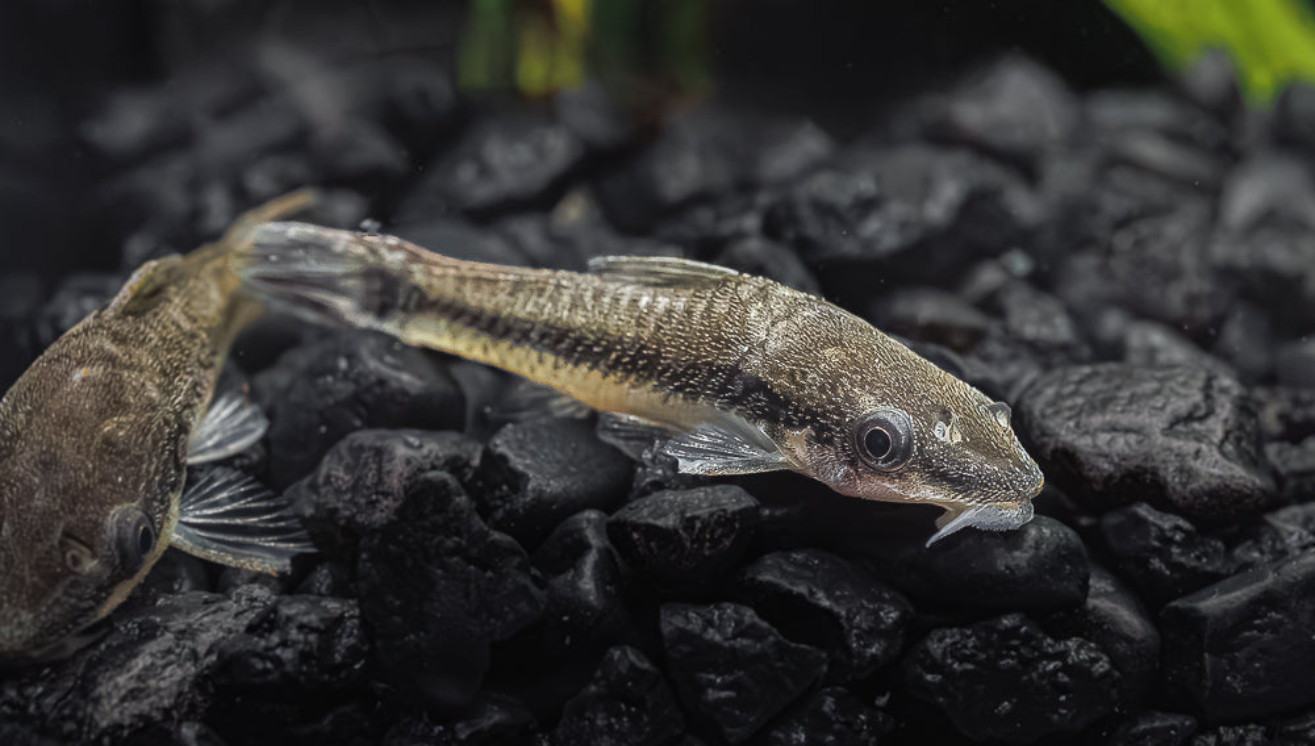
by Brooke Lees September 20, 2024 2 min read
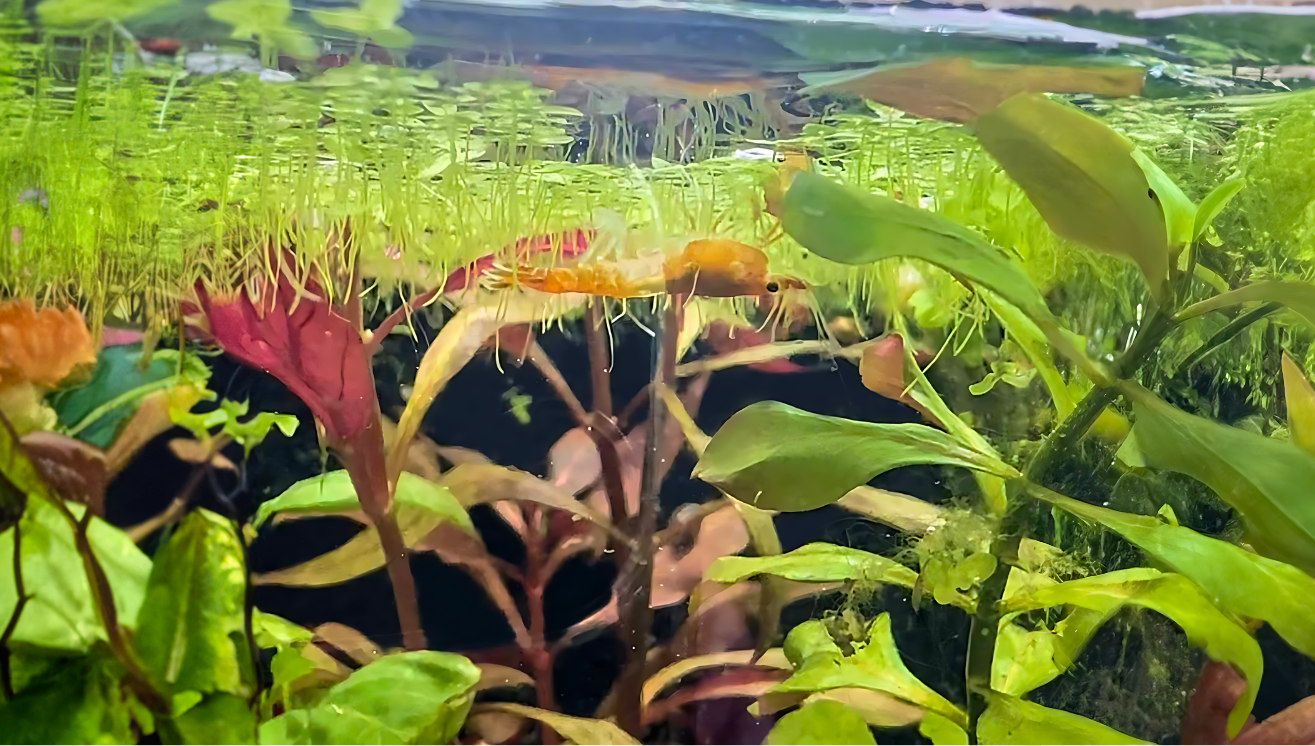
by Brooke Lees September 13, 2024 3 min read